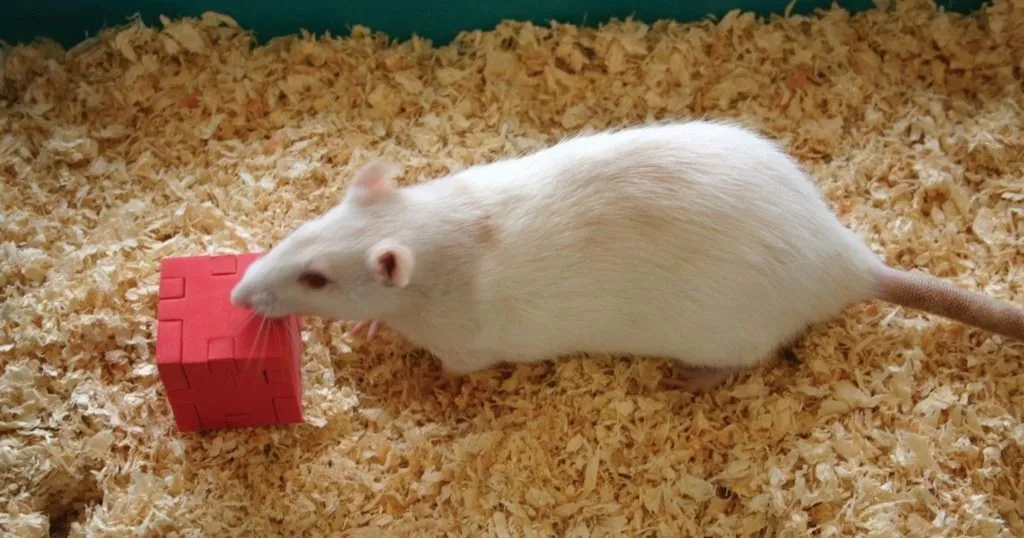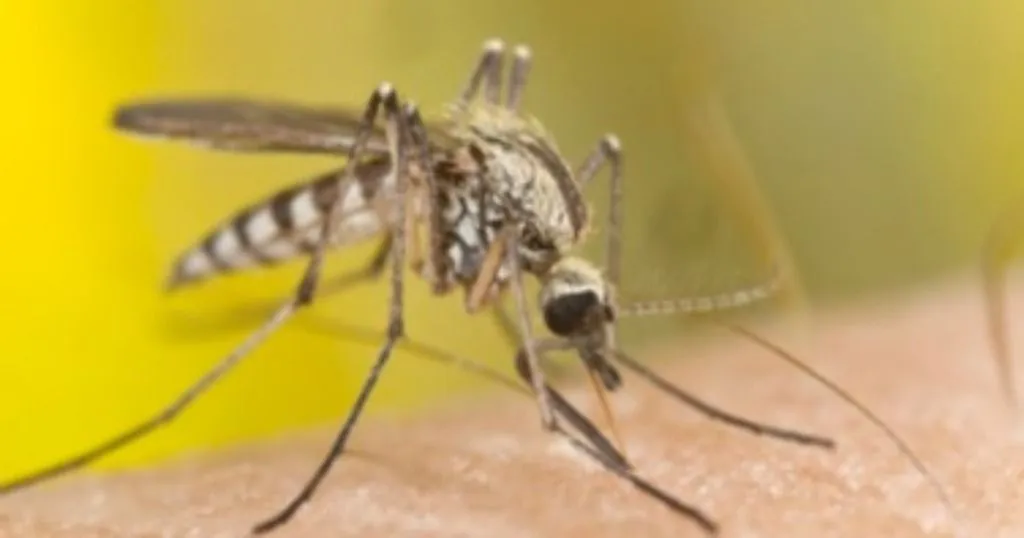Top 5 novel object recognition articles
Novel object recognition is one of the most commonly used behavioral tests on laboratory rodents. It is also easily automated with video tracking software. Want to know how?
Posted by
Published on
Tue 26 Nov. 2013
Topics
| Alzheimer's Disease | Autism | EthoVision XT | Learning And Memory | Mice | Novel Object Test | Rats | Schizophrenia | Video Tracking |

Novel object recognition is one of the most commonly used behavioral tests on laboratory rodents. It is also easily automated with video tracking software. Want to know how? I’ve lined up five of the most popular blog posts about this test from our Behavioral Research Blog.
Here you go!
1) Cognitive ability of schizophrenic mice
Cognitive ability is one of the major functions affected by schizophrenia. So logically, research on this disease and possible therapies often involves object recognition. Glass et al. (2013) investigated the involvement of the NR1 gene in schizophrenia. During a training session, mice were confronted with two identical objects to familiarize. In the first testing round, one object was replaced by a novel one. In a second test, another novel object replaced the second familiar one. EthoVision XT video tracking was used to automatically calculate variables such as duration, latency, and frequency of contact with the object.
Read the blog post: Using several behavioral tests to investigate the role of the nr. 1 gene in Schizophrenia
2) Alzheimer mice show no interest in novel objects
Webster et al. (2013) showed that a mice model for Alzheimer’s failed to show interest in novel objects in the novel recognition test, and that this effect depended on the age of the mice. They used EthoVision XT to analyze the distance moved, velocity, time spent in different zones, and the time the nose of the mice was in proximity of the objects.
Read the blog post at Mice with Alzheimer's disease walk well but remember poorly
3) Cognitive impairments due to brain cancer therapy
Whole brain radiation therapy is sometimes the only viable treatment for patients with brain cancer. It is effective for many patients, but inevitable brain damage often leads to cognitive impairments. The study of Belarbi et al. (2012) is an example of the research that is done to better understand the mechanisms behind the cognitive impairments. This, in turn, can lead to better therapies and an improved quality of life for the patients.
This study focused on inflammation as a major contributor to the impairments, and used the novel object recognition test as one of the tests to place a link between behavior and what goes on at molecular level.
Read more about it in Video tracking connects some dots between cognitive impairment and cranial radiation
4) Food preservatives and autism
Autism can cause repetitive behavior and restricted interests. In the research of MacFabe et al. (2011), the effect of PPA (food additive) on rat models of autism is tested with the use of a three-piece novel object recognition test. The results indeed point towards a declined interest of the treated rats, while locomotion was not changed, indicating that a general change in activity did not cause this difference.
Read all about it at Can a food preservative increase symptoms of autism?
5) Tips for novel object recognition with automatic video tracking
Finally, this post features a number of great publications and some tips on how automatic video tracking can really benefit novel object recognition testing. As a bonus, it also has a link to a free white paper!
Check it out at How to get reliable results on object recognition using automated video tracking
Related Posts

Does pesticide resistance make malaria mosquitoes “smarter”?

Caterpillars speed up seed production in plants

